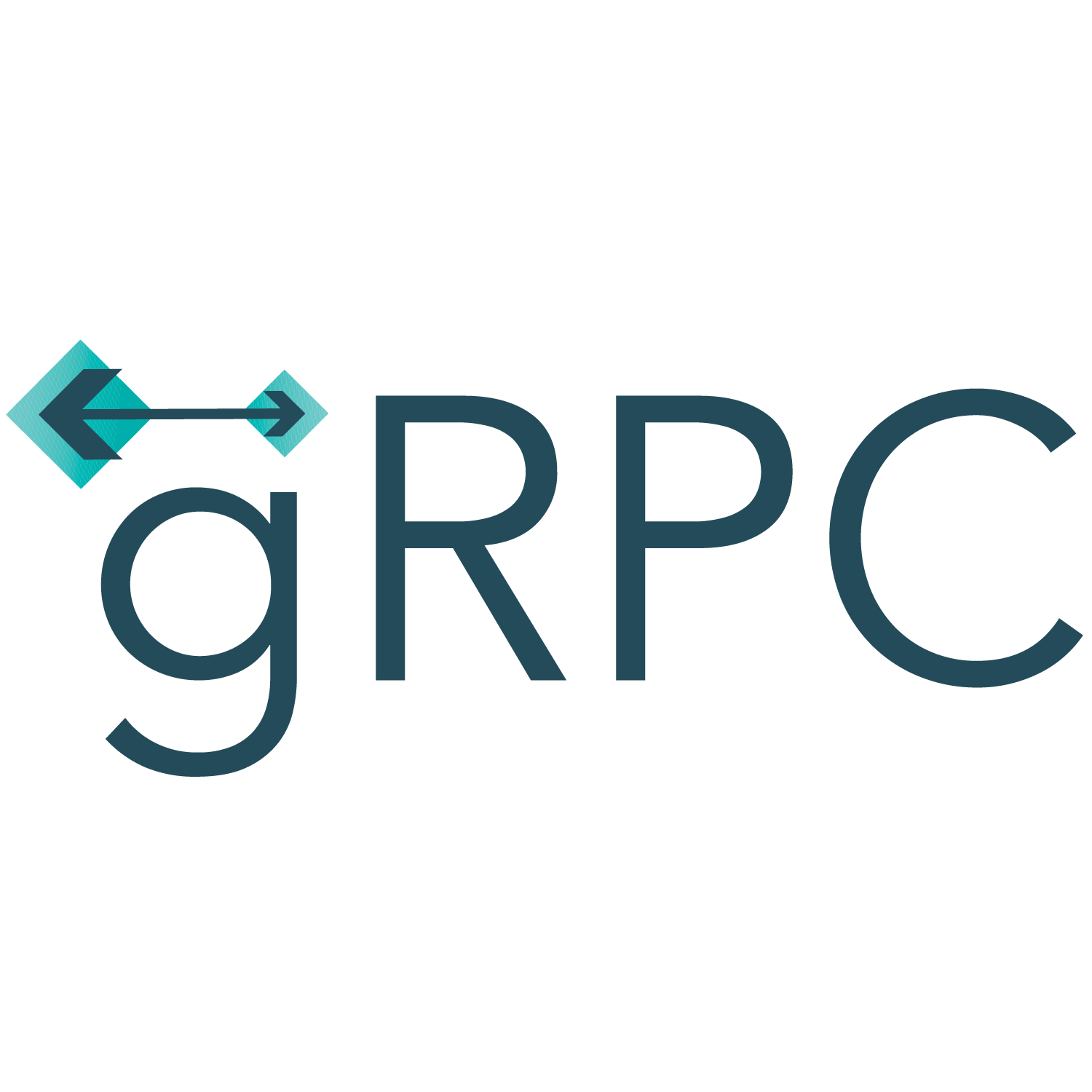gRPC in Action: Use Cases and Success Stories
Discover the power of gRPC, a high-performance communication framework. From microservices to IoT devices, explore its use cases and success stories in building scalable and efficient applications.

gRPC in Action: Use Cases and Success Stories
In the world of modern software development, it's crucial to build scalable and efficient communication channels between different parts of your application. This is where gRPC comes into play. In this blog post, we'll explore the use cases and success stories of gRPC, a high-performance, open-source framework developed by Google.
What is gRPC?
gRPC is a modern, efficient, and scalable remote procedure call (RPC) framework that enables communication between client and server applications. It uses Protocol Buffers (protobuf) for data serialization and supports multiple programming languages, making it a versatile choice for building microservices, distributed systems, and APIs.
Why Use gRPC?
gRPC offers numerous advantages over traditional communication protocols such as REST:
- Performance: gRPC is built on top of the low-level HTTP/2 protocol, enabling efficient multiplexing and asynchronous communication. It supports bidirectional streaming, enabling real-time communication.
- Efficiency: gRPC uses Protocol Buffers for data serialization, which results in smaller payload sizes and faster processing.
- Language-agnostic: gRPC supports multiple programming languages, including C++, Java, Go, Python, Ruby, and more. This allows for seamless interoperability between services written in different languages.
- Code generation: gRPC generates client and server code based on the service definition specified in a .proto file. This automates the process of handling communication protocols and reduces boilerplate code.
- Bi-directional streaming: gRPC enables bi-directional streaming, allowing clients and servers to send multiple messages asynchronously. This is particularly useful for real-time applications, chat systems, and IoT devices.
Use Cases of gRPC
gRPC can be applied to a wide range of use cases, including:
1. Building Microservices
Microservices architecture has gained popularity in recent years due to its high scalability, modularity, and fault isolation. gRPC provides an ideal communication protocol for microservices, as it allows for efficient inter-service communication in a distributed system.
With gRPC, you can define services and message types using Protocol Buffers, and seamlessly generate client and server code in various programming languages. This makes it easy to develop and maintain microservices with different technology stacks.
2. Distributed Systems
gRPC's performance and efficiency make it an excellent choice for building distributed systems. Whether you're building an IoT network, a distributed database, or a real-time streaming system, gRPC's bi-directional streaming capabilities provide a seamless way to send and receive high volumes of data asynchronously.
3. API Communication
gRPC enables efficient communication between clients and servers, making it an ideal choice for building APIs. By defining and documenting your API contracts using Protocol Buffers, you can generate client SDKs for multiple programming languages, ensuring compatibility and ease of integration for your API consumers.
4. Real-time Applications
Real-time applications require seamless bidirectional communication between clients and servers. gRPC's support for bidirectional streaming allows for real-time updates, such as live chat applications, collaborative tools, and real-time analytics systems. With gRPC, you can build efficient, scalable, and responsive real-time applications.
5. IoT Devices
With the growing popularity of IoT devices, the need for efficient and scalable communication protocols has increased. gRPC's small message size, low latency, and support for bidirectional streaming make it an excellent choice for IoT applications. Whether you're building a smart home automation system or an industrial IoT platform, gRPC can handle the communication needs of your IoT devices.
Success Stories of gRPC
Several companies and organizations have adopted gRPC to enhance their communication capabilities. Here are a few success stories:
1. Google
Being the creator of gRPC, Google has extensively used it in its internal systems. Google leverages gRPC's high-performance and language-agnostic nature to build robust and scalable distributed systems, microservices, and APIs.
2. Netflix
Netflix, a leading provider of streaming services, has adopted gRPC to improve its internal infrastructure. gRPC has enabled Netflix to optimize its communication between different microservices, resulting in faster data transfer and improved performance.
3. Square
Square, a financial services and mobile payment company, has embraced gRPC for its communication needs. gRPC's efficiency and support for multiple programming languages have allowed Square to build scalable and reliable APIs for its services.
4. CoreOS (now part of Red Hat)
CoreOS, a container-focused Linux distribution company, has utilized gRPC to enhance its distributed systems and enable seamless communication between services. gRPC has helped CoreOS streamline its API development and optimize inter-service communication.
Conclusion
gRPC is a powerful and versatile communication framework that offers numerous benefits over traditional protocols. With its efficient RPC capabilities, support for multiple programming languages, and success stories from companies like Google, Netflix, Square, and CoreOS, gRPC has become a popular choice for building scalable and high-performance distributed systems, microservices, APIs, and real-time applications.
If you're looking to improve your application's communication capabilities and enhance performance, gRPC might be the solution you're looking for.
Start exploring gRPC and unleash its full potential in your projects today!